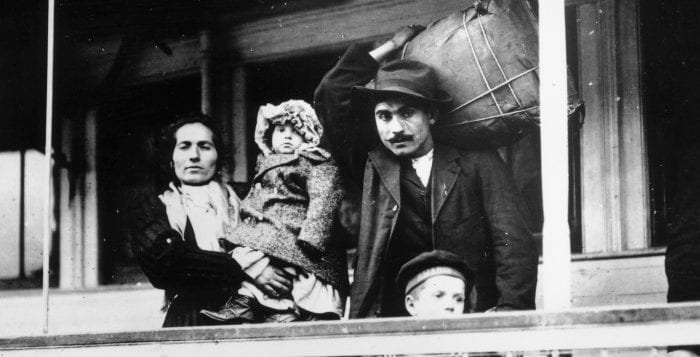By Barbara Beltrami
When it’s time for a backyard barbecue or pool party, neighborhood get-together or family celebration, it seems that in the past few years the traditional salads have given up some of their popularity to pasta salads, one of my favorite things to put together. I cook up a nice big pot of some weird-shaped pasta and then put my imagination to work. The last three times I did that I came up with some real doozies that turned out to be big hits.
The first was farfalle with poached salmon, peas, asparagus, dill, yogurt and mayonnaise. Another one was penne with chick peas, black olives, cherry tomatoes, grilled eggplant and goat cheese, and the most recent one was basically an antipasto salad: fusilli tossed with julienned Genoa salami,, provolone, roasted red peppers, pepperoncini, marinated artichokes, sun-dried tomatoes, mozzarella and anchovies in a simple olive oil, wine vinegar and herb dressing. Try one or all of them or boil up a pot of pasta and see what happens next.
Farfalle Salad with Salmon, Asparagus and Peas
YIELD: Makes 8 to 12 servings
INGREDIENTS:
1 cup plain Greek yogurt
1 cup mayonnaise
1/3 cup capers, rinsed and drained
Freshly squeezed juice of one small lemon
2 teaspoons prepared mustard
Salt and freshly ground black pepper, to taste
1 pound farfalle pasta, cooked and at room temperature
¼ cup extra virgin olive oil
1 package frozen peas, thawed
1 pound fresh asparagus, cooked and sliced into 1-inch pieces
3 to 4 scallions, thinly sliced
1 pound fresh salmon, poached and torn into bite-size pieces
1/3 cup chopped fresh dill
DIRECTIONS:
In a medium bowl, using a wire whisk thoroughly combine yogurt, mayonnaise, capers, lemon juice, mustard, salt and pepper. In a large bowl toss the pasta with the olive oil to coat thoroughly. Add peas, asparagus, scallions and yogurt mixture; toss again; scatter salmon and dill over top of salad. Serve at room temperature or chilled with cucumber salad.
Penne Salad Provencale
YIELD: Makes 8 to 12 servings
INGREDIENTS:
1 pound cooked penne, at room temperature
¾ cup extra virgin olive oil
¼ cup white or red wine vinegar
2 garlic cloves, bruised
1 tablespoon fresh marjoram or 1 tsp. dried
1 tablespoon fresh thyme leaves or 1 tsp. dried
Coarse salt and black pepper to taste
Nonstick cooking spray
1 medium eggplant, washed and diced
¼ cup extra virgin olive oil
One 14-ounce can chick peas, rinsed/drained
3 medium fresh tomatoes, diced
1 cup oil-packed black olives, pitted and sliced
6 ounces goat cheese, crumbled
Salt and freshly ground black pepper to taste
DIRECTIONS:
Preheat oven to 400 F. In small bowl combine oil, vinegar, garlic, marjoram and thyme. Let sit at room temperature one hour; remove and discard garlic. Coat a baking sheet with nonstick cooking spray; spread eggplant evenly and bake, until soft, about 10 minutes. In medium bowl, toss eggplant with ¼ cup olive oil. In large bowl, combine pasta, eggplant, chick peas, tomatoes, olives, goat cheese and oil and vinegar mixture; season with salt and pepper; toss thoroughly. Cover and refrigerate up to one hour; let sit 30 minutes before serving with a green salad, and meat, fowl or fish.
Fusilli Salad with Antipasto
YIELD: Makes 8 to 12 servings
INGREDIENTS:
1 cup extra virgin olive oil
¼ cup red wine vinegar
2 garlic cloves, bruised
¼ cup chopped fresh basil
2 tablespoons chopped fresh oregano
2 tablespoons chopped fresh thyme
Coarse salt and freshly ground pepper to taste
1 pound cooked fusilli pasta
½ cup pepperoncini, drained
½ pound sliced Genoa salami, julienned
¼ pound sliced provolone cheese, julienned
½ pound mozzarella cheese, diced
¾ cup roasted red peppers, diced
1 cup marinated artichoke hearts, drained and sliced or chopped
½ cup oil-packed sun-dried tomatoes, drained and diced
10 anchovy fillets, minced
1 cup thinly sliced celery
DIRECTIONS:
In small bowl combine oil, vinegar, garlic, basil, oregano, thyme, salt and pepper; whisk vigorously; let sit at room temperature one hour; remove garlic and discard; whisk mixture again. In large bowl, combine remaining ingredients; toss, add oil and vinegar mixture, toss again.
Refrigerate until ready to serve, let sit 30 minutes at room temperature. Serve with wine, beer, or soft drinks.

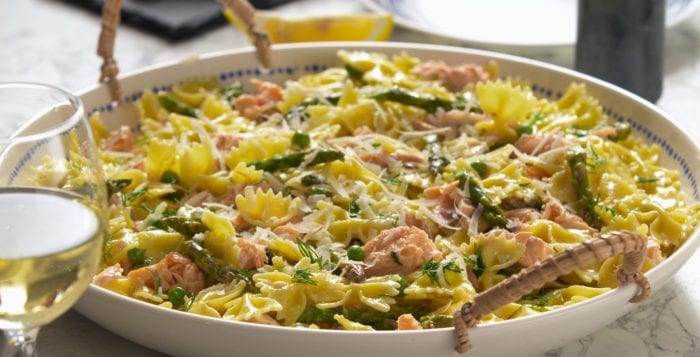



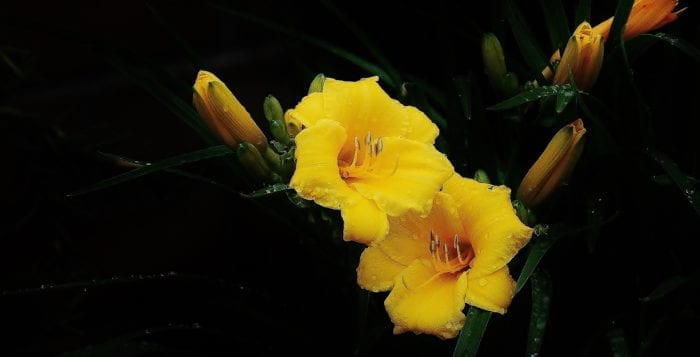
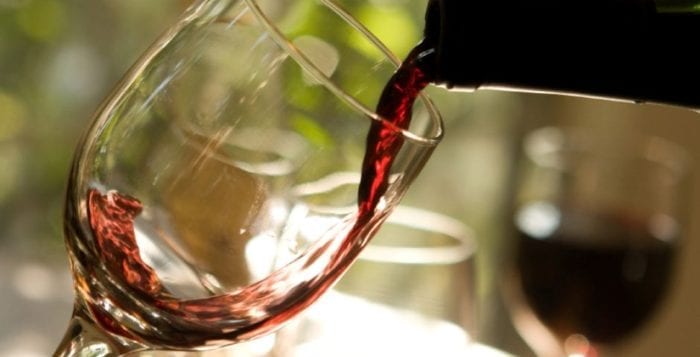
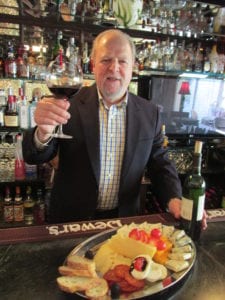



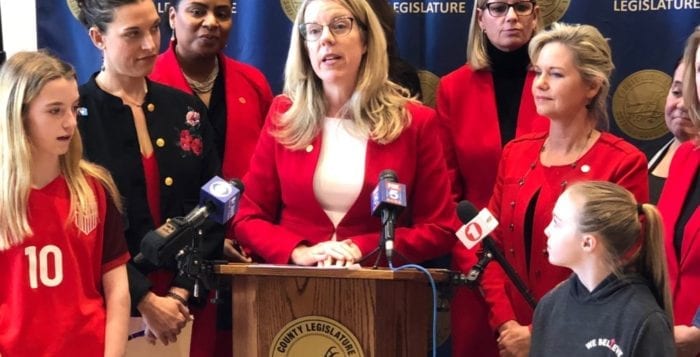
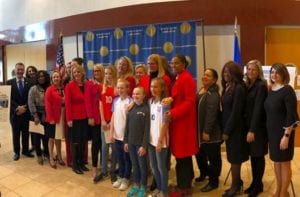 The Legislature recently decided to do something about the injustice by creating a local law, called the RISE (Restrict Information Regarding Salary and Earnings) Act, to restrict divulging earnings history during the interview process. County Executive Steve Bellone (D) signed the legislation into law in November.
The Legislature recently decided to do something about the injustice by creating a local law, called the RISE (Restrict Information Regarding Salary and Earnings) Act, to restrict divulging earnings history during the interview process. County Executive Steve Bellone (D) signed the legislation into law in November.